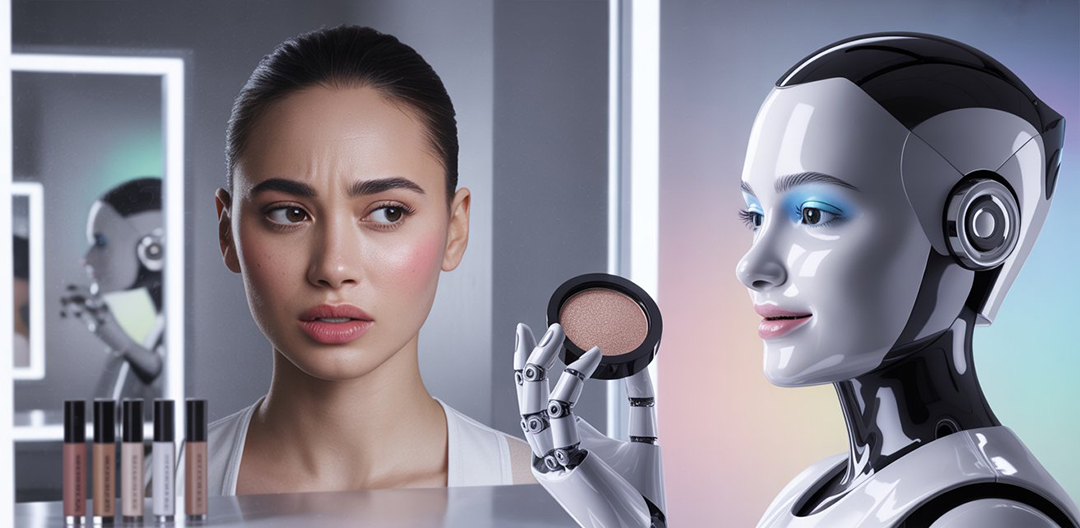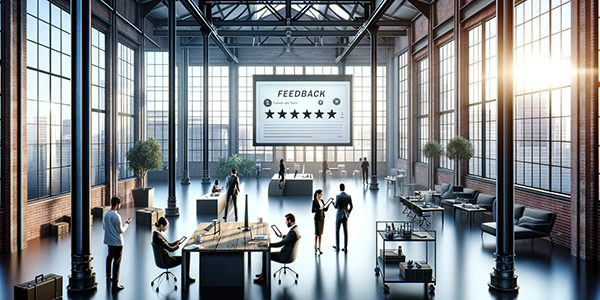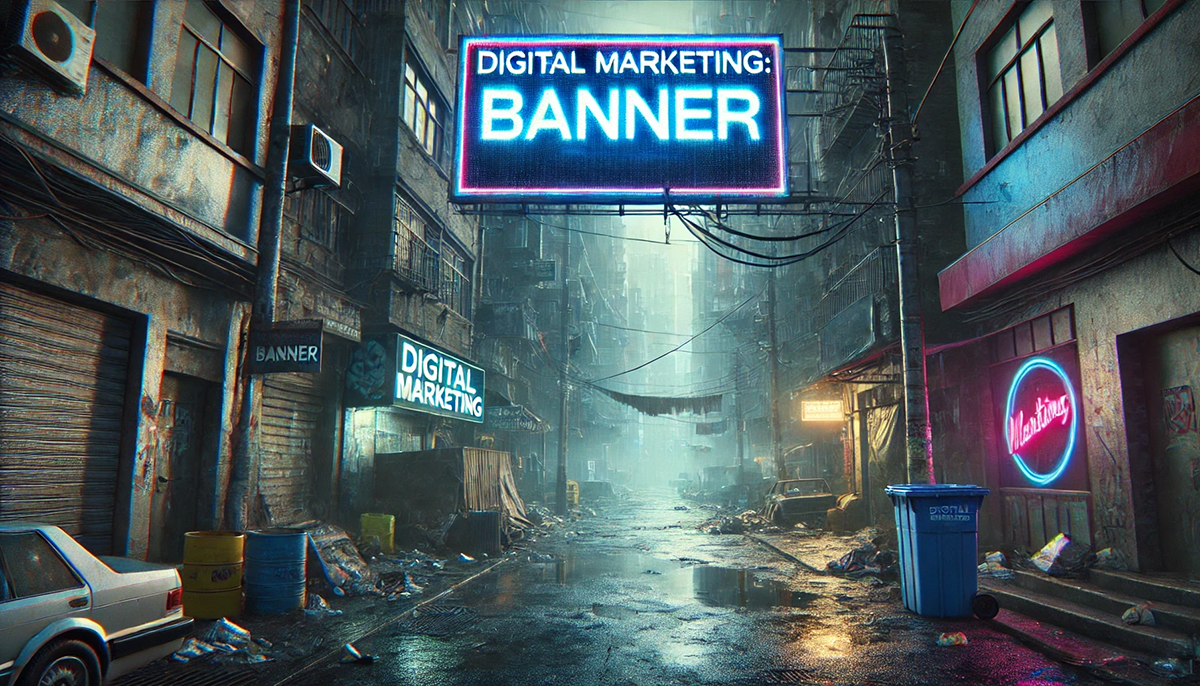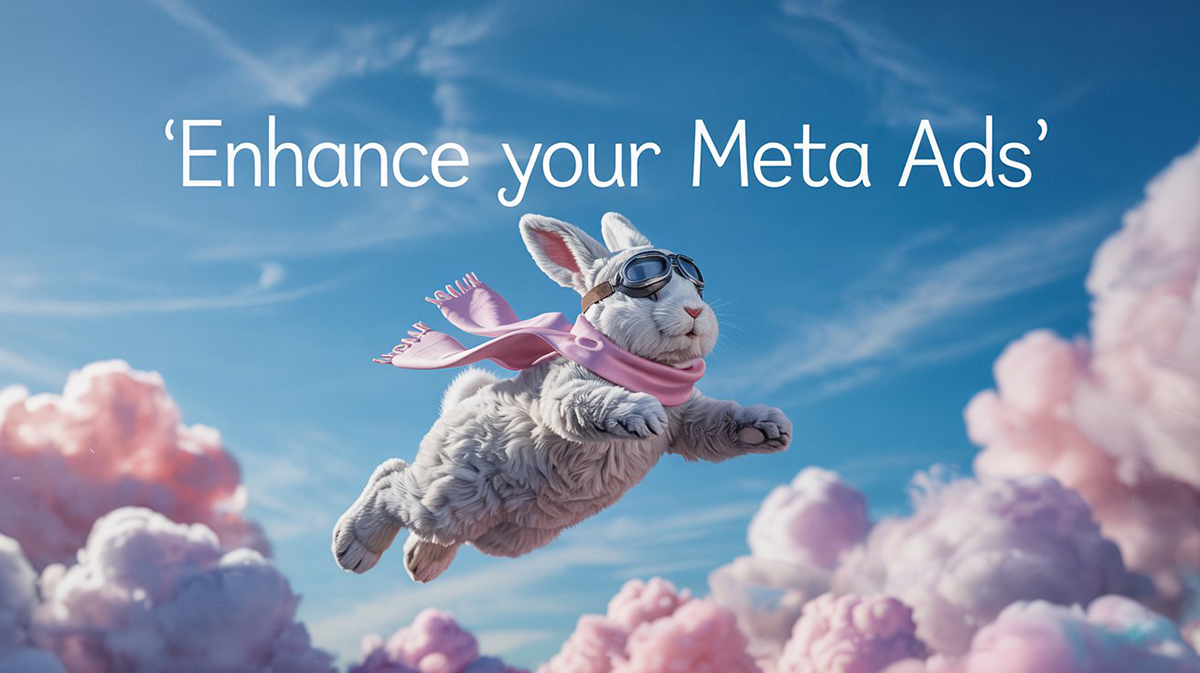content
User Generated Content (UGC) wasn’t born in a marketing lab — it emerged as a natural evolution of consumer behavior. Back in the early 2000s, when social media was still in its awkward teenage years, the internet saw a wave of amateur blogs, video reviews, and random product selfies. People shared their opinions because they wanted to, not because they were paid to. That authentic spirit didn’t go unnoticed. Brands realized they had a new, goldmine of opportunity: promotional messages delivered by regular people — just like the ones buying the product.
As platforms like Facebook, YouTube, Instagram, and TikTok evolved, UGC exploded. According to Nielsen, 92% of consumers trust user-created content more than traditional advertising. That’s not just a number — it’s a movement. Content that looks real and raw often outperforms the polished, picture-perfect promo.
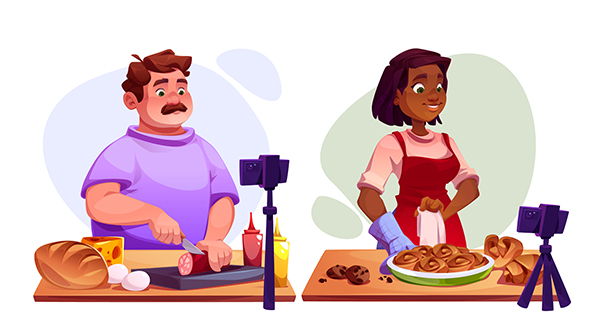
Why Are Brands Obsessed with UGC Creators?
UGC isn’t just “someone opening a box” or “posing with lipstick.” It’s emotionally charged, trust-building, action-driving content. The best part? It looks like it wasn’t even an ad. Audiences see someone like them using a product — not a polished model in a studio with perfect lighting.
UGC is also budget-friendly compared to studio shoots, quicker to produce, and easier to scale. It allows brands to test a variety of messages across audiences and languages, from heartfelt “I can’t believe this works” reactions to “here’s your 3-step guide.” Want a summer sale, a Halloween vibe, or a Christmas miracle? Just tweak the script and vibe — UGC is like marketing LEGO.
How Do Brands Measure UGC Effectiveness?
Typical metrics include engagement rate, click-through rate (CTR), ROAS (return on ad spend), video views, and saves. Many companies run A/B tests comparing UGC with traditional ads — and UGC often comes out on top. It just feels more like a tip from a friend than a sales pitch.
Welcome to the Future: AI-Generated UGC in 2025
Cue the drumroll — UGC has leveled up. Between 2023 and 2024, startups began generating convincing videos of people who don’t actually exist — but totally look and sound like they do. And now in 2025, tools like Icon, HeyGen, Arcads, and others can spin up product recommendation videos in minutes, with no need for castings, shoots, or budget approvals.
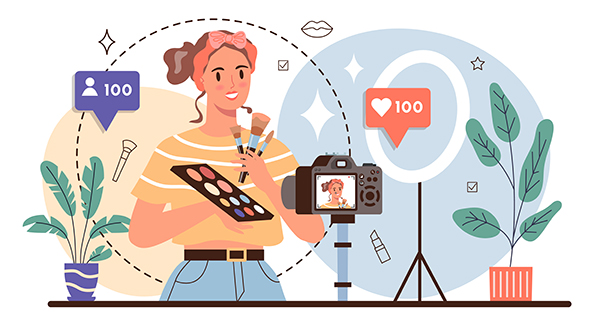
Icon
Icon is an AI visual content tool designed to generate hyper-realistic avatars that resemble real influencers. You can define mood, audience, aesthetic, or current trends, and Icon delivers a synthetic “person” who plays the part. These avatars don’t exist in real life, but they can pose with products, deliver video testimonials (script-based), or express enthusiasm with surprising believability. Icon also supports brand style cloning, automated platform adaptation (e.g., Instagram, TikTok, Meta), and multicultural representation for international outreach.
HeyGen
Formerly known as Movio, HeyGen is a video creation platform powered by AI avatars that talk, move, and behave like real people. You can upload a script, select a virtual spokesperson, or even build a digital clone of yourself. With over 40 supported languages and tone localization options (accents, styles, etc.), it’s a favorite in e-commerce, SaaS, and edtech circles. Companies love it for its ability to A/B test messaging, generate content at scale, and seamlessly plug into their tech stacks via API.
Arcads
Arcads is the go-to AI platform for TikTok-style branded content. Its library of AI-driven UGC includes testimonials, unboxings, how-to videos, and trending skits — all generated by synthetic personalities. With tools for AI copywriting, directing, and editing, marketers can input prompts like “3 reasons to buy this” and get ready-to-test videos complete with transitions and subtitles. Perfect for rapid prototyping, localization, and campaign versioning, Arcads learns from real-world UGC to enhance creative quality.
Why Is AI-UGC Booming?
First: scale. Brands manage dozens of products across markets, languages, and trends. Second: cost. A global campaign no longer requires production crews on multiple continents. Third: control. Brands decide what their AI “creator” says, does, and wears — with no off-script surprises.
Who’s Already Using AI-UGC?
The first adopters were in e-commerce, info products, beauty, fintech, and digital services. These businesses need content quickly, across multiple regions and languages. For them, AI-UGC isn’t just a trend — it’s a business advantage.
Beyond Icon, HeyGen, and Arcads, other helpful tools include:
- RunwayML (text-to-video)
- ElevenLabs (AI voice)
- D-ID (facial animation)
- Descript (video editing)
People vs. AI: Who’s the Better Creator?
AI never needs coffee at 7 a.m., never flakes on set, and doesn’t get acne the night before a shoot. But a real blogger can improvise, strike the perfect tone, or catch a moment of magic. AI is the world’s most obedient intern — follows every instruction but never thinks outside the box. So far, AI-UGC is best used as a prototype: generate 10 versions, get client feedback, then hand the best one to a real creator.

The Benefits of AI-UGC: Faster, Broader, Smarter
AI-UGC makes multilingual campaigns a breeze. One video can be effortlessly adapted into Spanish, Arabic, Italian, and more — no need for translators. Seasonal edits? Easy. Holiday promos? Done. It’s perfect for fast message testing: instead of hiring three influencers, just generate three videos, launch the campaign, and compare results.
But It’s Not Perfect: Drawbacks of AI-UGC
The biggest con? Emotional flatness. AI still struggles with nuance — sarcasm, spontaneity, viral humor. It can’t replicate that random moment of joy that hooks an audience. Also, legal concerns are real: some countries require disclaimers for AI-generated humans in ads. Violating those rules can hurt brand trust — or worse, result in fines.
Conclusion: Real Creators + AI — The Ultimate Team-Up?
UGC isn’t dying — it’s transforming. From amateur product reviews to AI-scripted performances, advertising is constantly evolving to find new faces and voices consumers can trust. AI won’t replace creators, but it will help shape better briefs, faster drafts, and smarter strategies.
So, should you swap all your creators for AI avatars? Probably not. But if you need 20 ad concepts and only want to film 3 — AI gets you there in an hour. That’s its real superpower: not replacing creativity, but accelerating it.
Subscribe to our newsletter
